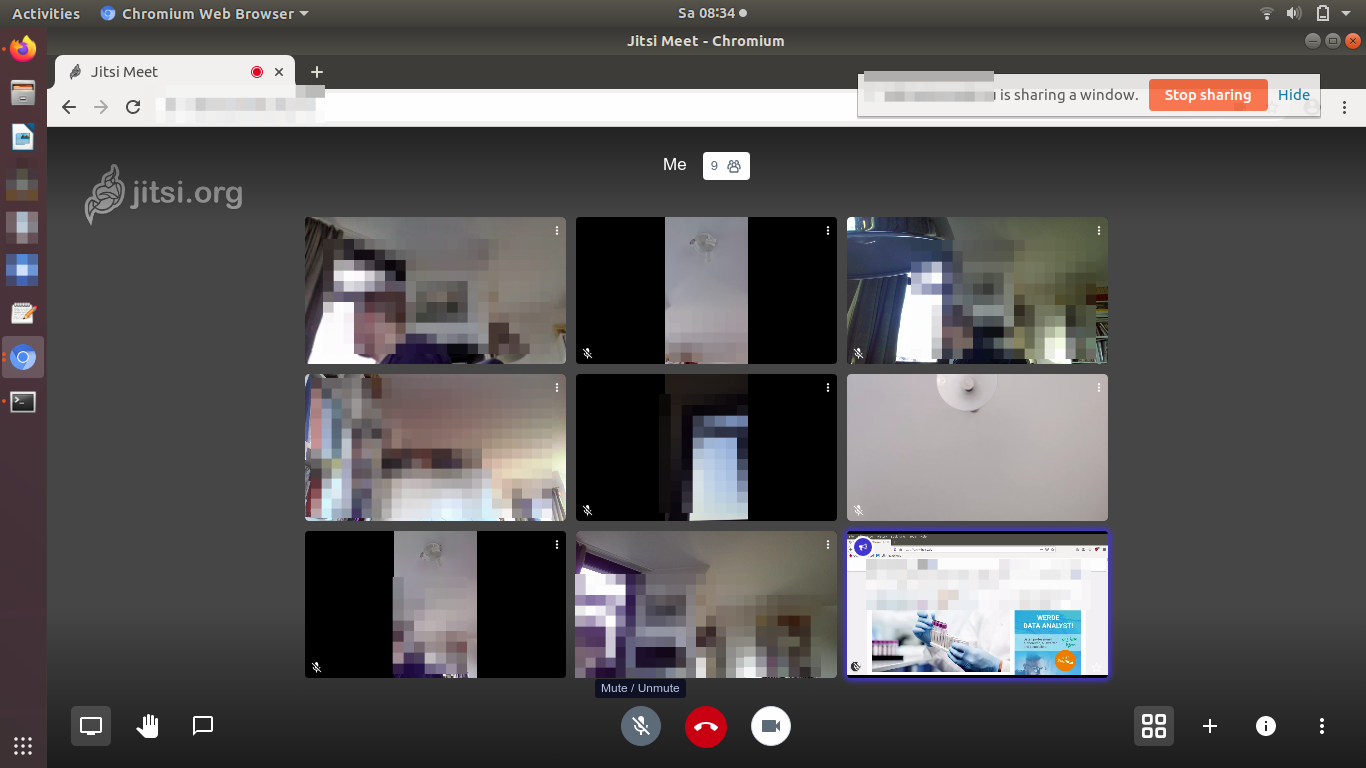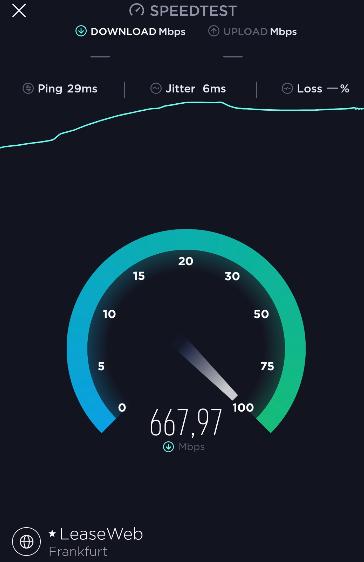
In the previous blog entry, I’ve been looking at a number of different commercial video conferencing solutions and if they offer native Linux support. There are a couple of fabulous products with good Linux support out there that easily support sessions with 15-20 simultaneous video participants. Unfortunately, from a privacy and confidentiality point of view, most of them don’t fare very well at all.
As confidentiality and privacy are very important to me, a potential solution for me and others is Jitsi, which is open source from client to server and can be installed on private infrastructure. The big question for me was however: How many video participants can the clients and the server handle in a single conference? A search on the web didn’t really result in a good answer. So I set out to find out for myself.
Continue reading Jitsi Meet and the Number of Video Participants
